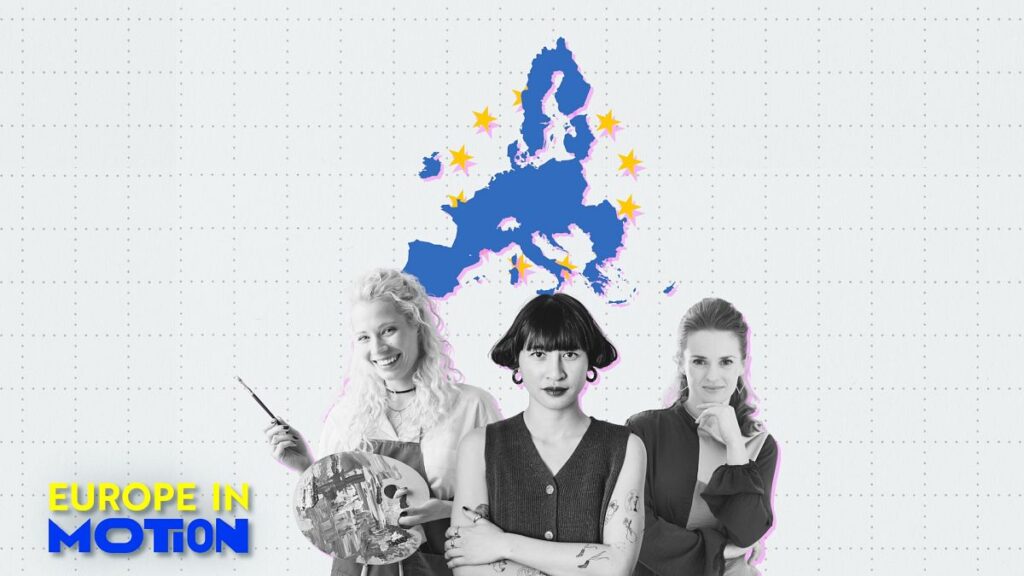The EU gender gap in cultural employment dropped from 6.4 percentage points in 2015 to 0.8 percentage points in 2024, according to the latest Eurostat data.
This marked the smallest gender employment gap in 10 years in the EU’s cultural sector.
In 16 European Union countries, the share of women in cultural employment exceeded that of men. Among these, Latvia and Estonia had the biggest differences, with 32.6 percentage points and 24.2 percentage points, respectively, in favour of women.
By contrast, in 11 EU countries, the share of cultural employment was higher for men, with the highest shares being recorded in Spain and Italy.
Greece, Romania and Austria saw almost no gender gap in cultural employment.
Around 27.7% of women in cultural employment were self-employed compared with 35.6% of men.
Meanwhile, 81.9% of men were in full-time work, while for women the value was significantly lower at 70%.
Although the gender gap in cultural employment has narrowed significantly, this balance is still not reflected in earnings.
In 26 of the 27 EU countries, men earned more than women in this sector.
In 2022, men’s gross hourly earnings in cultural employment were, on average, 13.5% higher than those of women in the EU.
The most unbalanced sector was the “printing and reproduction of recorded media”, with a quarter of women being on low wages compared with 12.4% of men.
This category was followed by “motion picture, video and television programme production, sound recording and music publishing activities”, with 23% of women on low wages, compared with 15.1% for men.
There is also an unbalanced distribution of decision-making positions between men and women.
In the past decade, the percentage of women occupying managerial positions was always below 50%.
How do different genders participate in cultural activities?
Women participated in cultural activities more than men in all age groups, except for those 65 and over in 2022.
Women’s participation rates exceeded those of men in 17 of the 26 EU countries.
Denmark had the highest participation rate for women (79.6%), while Luxembourg had the highest rate for men (77.5%).
The country with the lowest participation rate in cultural activities for both women and men was Bulgaria, with rates of 20.5% for women and 18.7% for men.
This is followed by Romania (21.8% for women and 22.7% for men) and Croatia (33.6% for women and 31.1% for men).
“This indicates that despite the slight prevalence of women participating in cultural activities in most EU countries, strong inequalities in this area are not observed,” the Eurostat study stated.
Read the full article here

